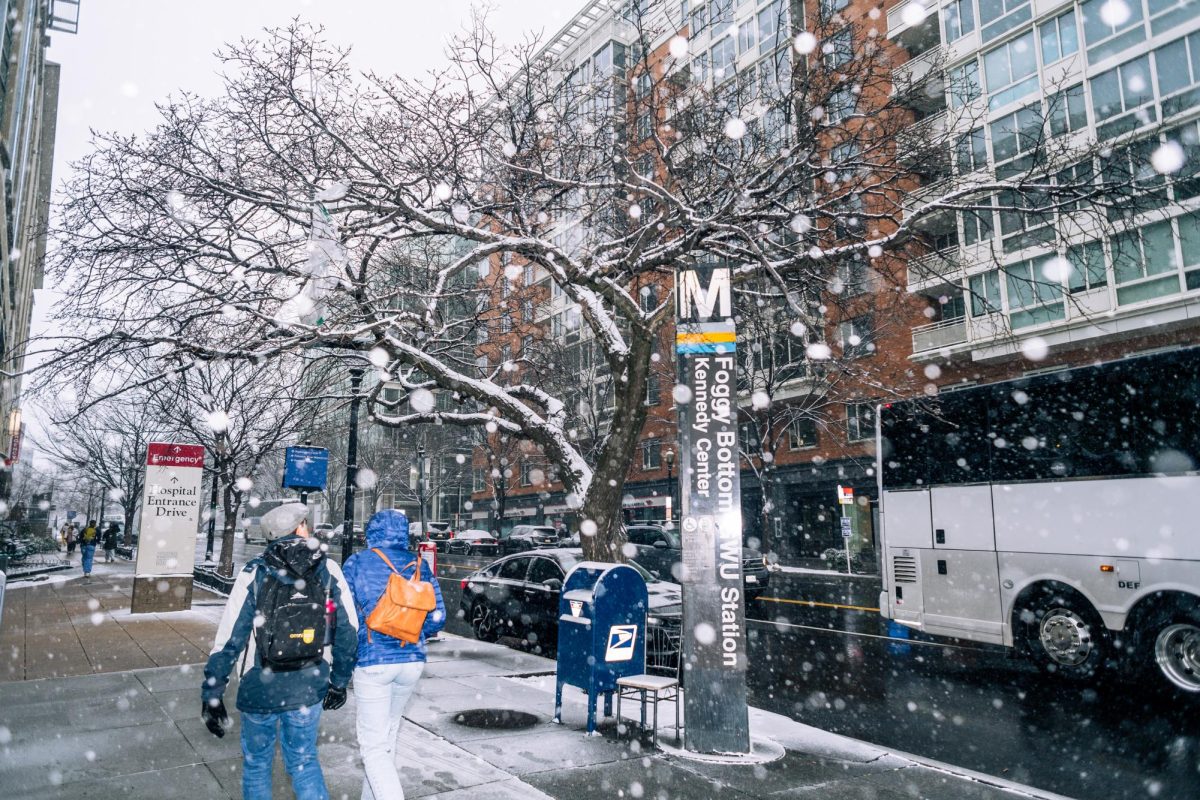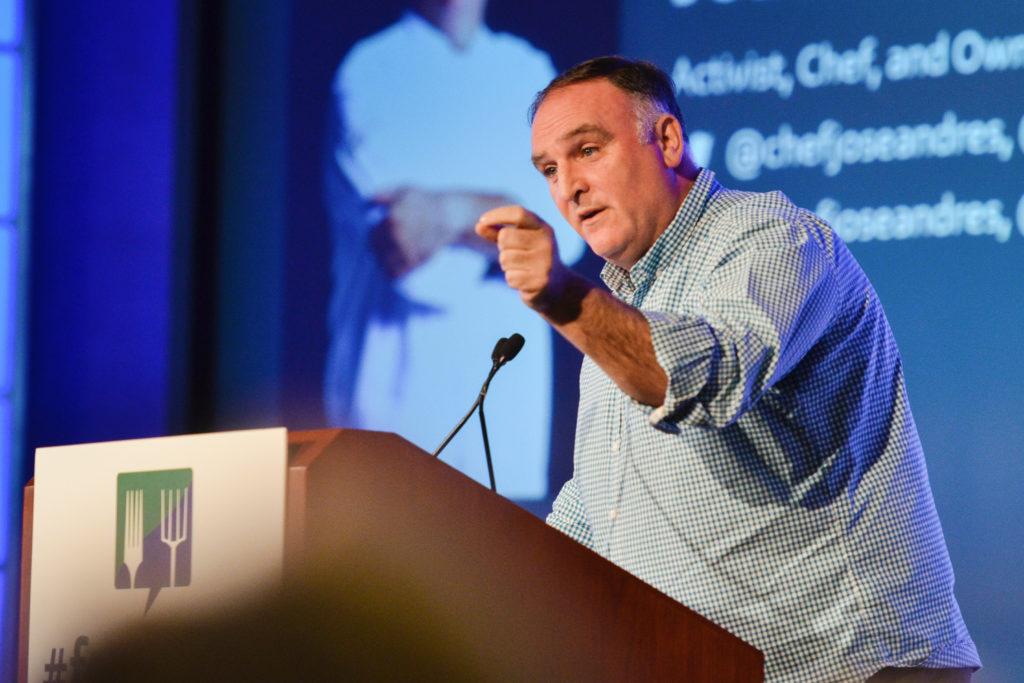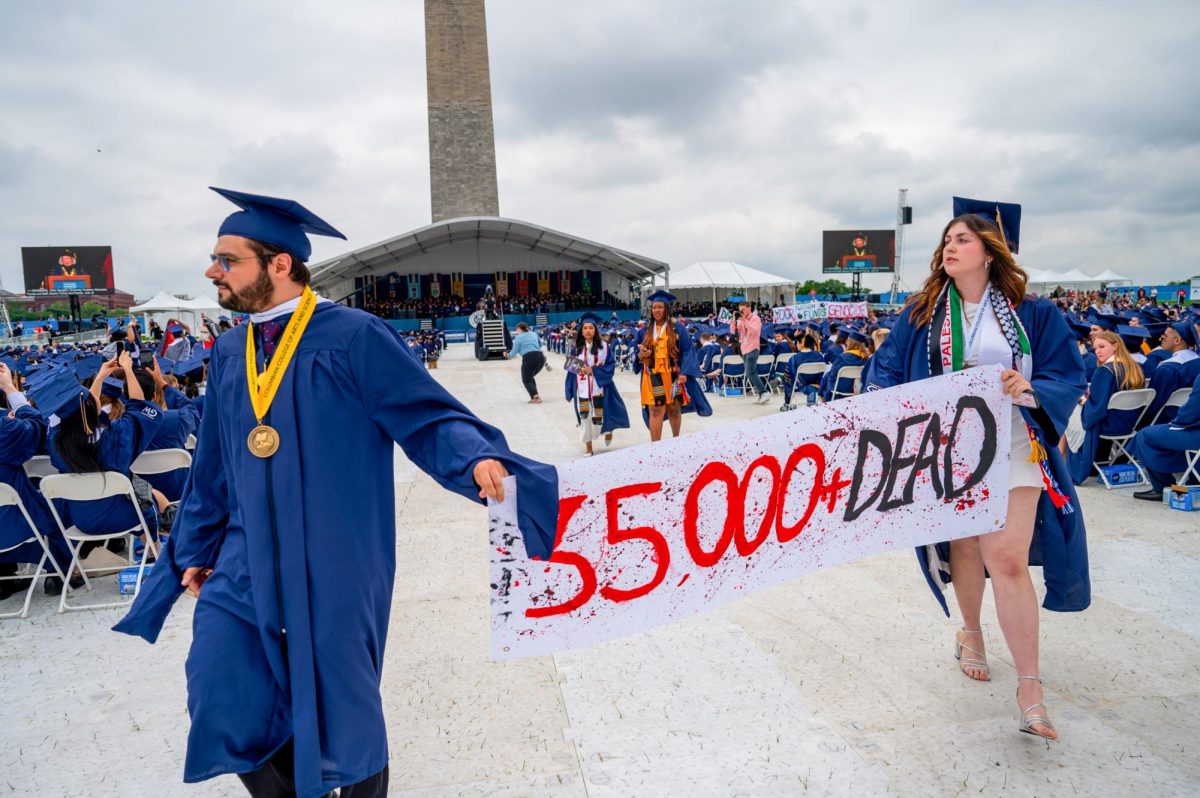Past presidential inaugurations at GW have seen their share of pomp and circumstance, but only University President Steven Knapp’s half-million dollar celebration this week will involve two sheep.
The University’s 16th president and successor to Stephen Joel Trachtenberg will be honored throughout this week in a series of events culminating in his inauguration ceremony on Friday. In an event Monday morning on the Mount Vernon Campus, Knapp and his wife Diane will receive two rare sheep that are thought to be from George Washington’s ancestral flock.
“I don’t know when (Knapp) is going to eat or sleep,” said Vice President for Communcation Michael Freedman, chair of a committee which began planning the event in April. “He’ll be making appearances at virtually everything.”
Although Knapp will be making his presence well-known throughout his inauguration, he does not want it to be all about him, Freedman said.
“Knapp effectively shared what he would like to see as the outcome of his inauguration – he wants this to be about the University much more than about him,” Freedman said.
In light of this wish, inaugural week events will feature three themed days: Tuesday’s events will center on GW’s connection to the D.C. area, activities on Wednesday will emphasize research exploits at the University and Thursday will focus on GW’s alumni network. Saturday is the University’s Day of Service.
“It’s a cross between planning a wedding and, in my experience, planning coverage of the Democratic or Republican National Conference or Olympic Games,” Freedman said of the preparation for the week. “The only other thing I can liken it to at GW is a compressed version of Commencement, except this actually involves more events than Commencement does.”
In order to recognize the University’s ties to George Washington himself, two pages of Washington’s last will and testament, which he mentions the creation of a national university, will be on display in the Luther W. Brady Art Gallery in the Media and Public Affairs building. George Washington’s Bible will be on display at Smith Center after Knapp’s inaugural ceremony on Friday.
Inaugurations of the past
Trachtenberg’s inauguration on April 16, 1989 did not feature historical objects or a full week of celebratory events, but dignitaries of 56 countries attended his inaugural ceremony.
“I was in a little bit of a daze, I remember,” Trachtenberg said. “It was attended by representatives of countless universities, ambassadors from many, many countries, so it was a grand and dramatic exclamation point indicating that the University was about to embark on a new voyage.”
Trachtenberg’s inauguration was commemorated with a gala celebration held in Marvin Center on the evening prior to the ceremony.
Lloyd H. Elliott, the 14th president of GW, had his inaugural ceremony Feb. 21, 1966. The event was marked by four receptions: two tea parties, one put on by the Pan-Hellenic Council, and the other specifically honoring his wife, arranged by the Columbia Women, a group of faculty wives, alumni and friends.
Into the future
Knapp is not the first and will not be the last president to shape the University.
“Those who build universities are involved in a task that is always incomplete . in joining that large group of men and women who have had a part down through the years in fashioning this distinguished University, I pledge my every effort,” Elliott said in inaugural address in 1966.
Trachtenberg made a similar statement about the importance of GW’s presidential legacy.
“Fifteen (presidents) had proceed (Knapp), which also tells us that with any good fortune, there will be 15 to 20 who follow him,” Trachtenberg said. “We are, all of us, trustees in a way, of the past and of the present and we are responsible for the University’s tomorrow.”
Both statements by former presidents stress the relationship between new presidents building on the work of former leaders. For Knapp, these ties between University presidents and leaders stretch all the way to the University’s namesake.
“He died before he was able to see his vision realized,” Knapp said. “A long time has passed since the University started, before we did things like develop campus identity like we now have. Now, we’re poised to really take advantage of all the resources and opportunities we have because of all the work done in the past to bring us to this point.”






